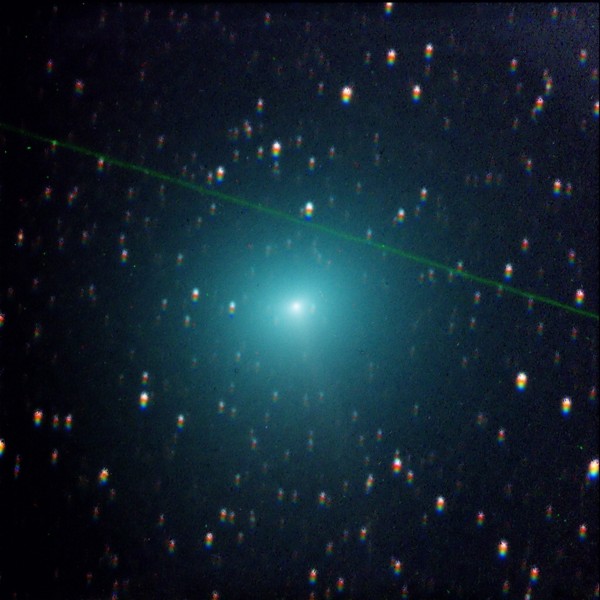I wanted to see it myself before I said anything - but now it's confirmed. Comet W1 Boattini is now visible in the northern hemisphere! So what if you have to get up before dawn? While its overall brightness is good enough to be seen with the unaided eye, I needed a lot of help, and maybe you'd like some, too?
Make no mistake. Fresh from its trip around the Sun and still holding a respectable 5.5 magnitude puts Comet W1 Boattini right in the ballpark of being visible without optical aid, but its size makes it invisible against dawn's glow. But don't be discouraged. If you have a decent southeastern skyline, you can catch Boattini with even small binoculars!
Let the one thing you can't miss in the sky by your guide - the Pleiades. The view you see here is roughly what your horizon will look like before dawn. Although your own local time will vary a bit, that's about 4:30 - 5:00 a.m. here. Take your binoculars out with you and begin scanning along the horizon for the Pleiades. Once you find them, locate Alpha Ceti. How can you be sure? It's easy. Menkar is an optical double. Now begin looking with Menkar to the right of your field of view and scan slowly towards the Pleiades. Comet W1 Boattini will pop out and look like a small, unresolved globular cluster! It's not big, and it doesn't have a tail - but it sure is sweet.
If you're good with sky charts, use this to help aid you. This is the rough track that Boattini will be following for the next few weeks - but don't wait around to find it. In just a few days the Moon will also begin to interfere with the morning darkness and your chances of easily spotting the comet are going to become less. Once you locate it in binoculars, it's easy to pick it up again in an optical finder on a telescope and take a closer look.
Good luck!
Many thanks to Joe Brimacombe and Guilherme Venere for the W1 Boattini images!
 Universe Today
Universe Today
